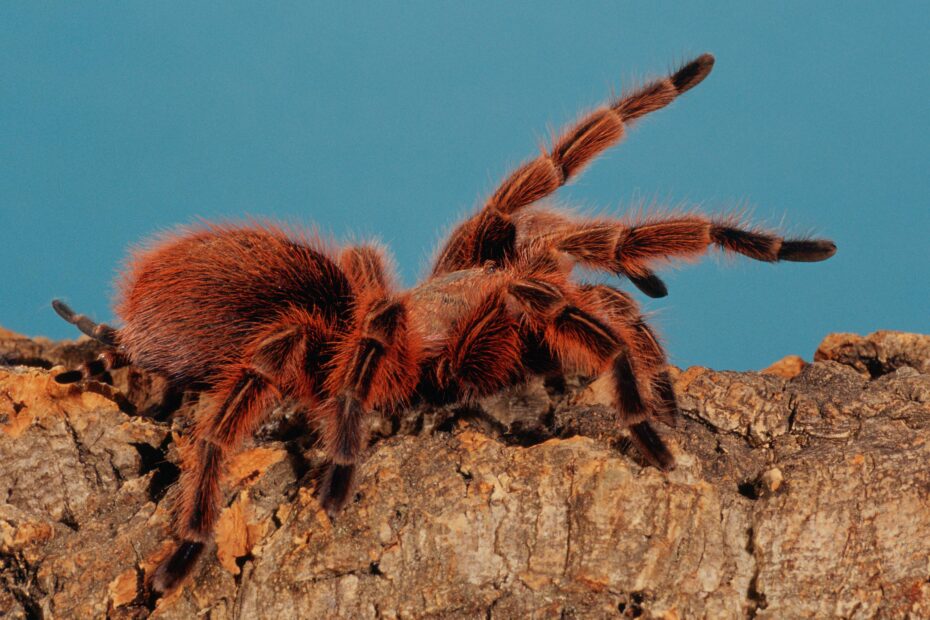Army ants often view spiders as food and eat them alive. However, the insects’ interactions with tarantulas unfold much differently. New findings published in the Journal of Natural History suggest that the arachnids developed thick hair as a defense against army ants, and the two species have formed a surprising symbiotic relationship.
For the study, an international team of scientists observed South American army ants looking for food in tarantula burrows. The insects generally ignored the arachnids regardless of their age and size, but when they tried attacking the spiders, the tarantula’s hairs prevented them from doing damage.
Researcher Alireza Zamani from the University of Turku in Finland said in a statement, “The dense hair covering the tarantula’s body makes it difficult for the ants to bite or sting the spider. Therefore, we believe that the hairiness may have evolved as a [defense] mechanism.” She continued to say some tarantulas cover their eggs with their hairs, which “effectively hinders the movement of small injurious arthropods, such as ants, that might try to attack the eggs.”
Although army ants invade tarantulas’ homes looking for dinner, they unintentionally provide cleaning services for the spiders instead. When they enter the arachnids’ dens, they scavenge for food, thus clearing out debris. Both species benefit from each other’s presence: One gets a meal; the other a clean space. This scenario is called mutualism, a symbiotic relationship in which all parties benefit from the other’s presence.
The study also revealed unexpected relationships between tarantulas and other species. The scientists observed connections between the arachnids and snakes, frogs, and other spiders, documenting 60 associations between tarantulas and amphibians alone. Furthermore, these relationships are largely mutually beneficial to the animals.
“Apparently, the frogs and toads that live within the retreats of tarantulas benefit from the shelter and protection against their predators. In turn, they feed on insects that could be harmful to the spider, its eggs, and its juveniles,” Zamani stated. “It seems that tarantulas might not be as scary and threatening as their reputation suggests.”
Read More About Spiders:
manual
